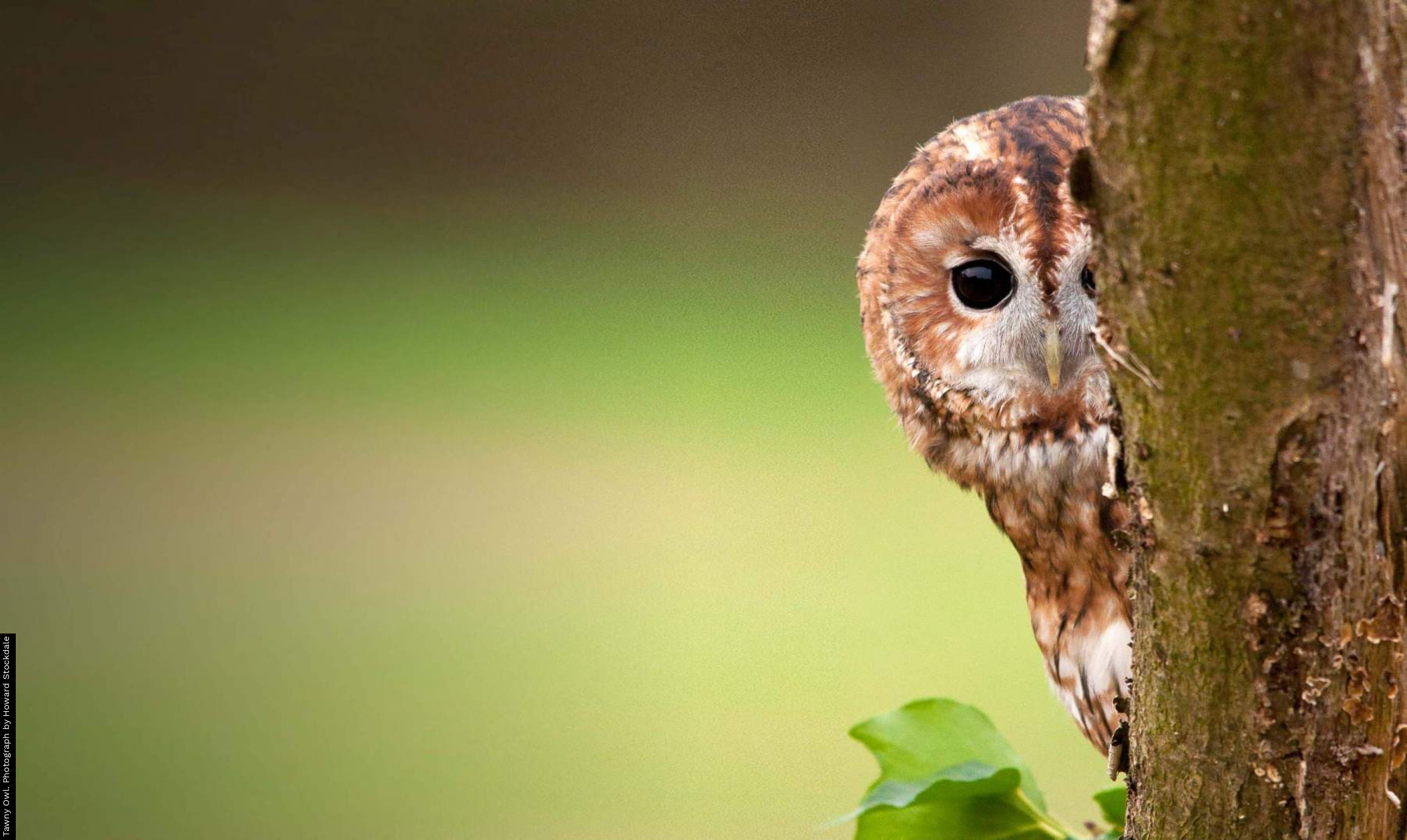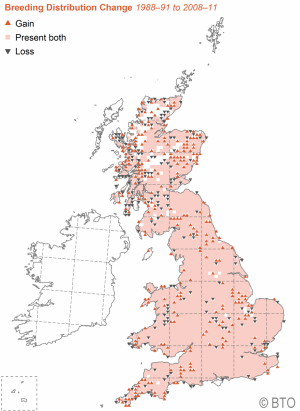Taking part in the Tawny Owl Point Survey
Recent BBS results suggest Tawny Owls have declined by 11% since the last Bird Atlas.
Survey Completed Autumn 2018
Based on the previous surveys and the distribution of suitable habitat nationally a total of 6420 tetrads will initially be available for allocation. These are distributed throughout mainland Britain and some of its islands where Tawny Owls may be present. As the survey goes on and in response to local demand more tetrads are likely to be opened up for the survey.
Summary of survey instructions
For this survey, we are asking volunteers to undertake two 20 minute long evening visits within the two hours after sunset to their allocated tetrad. All evening visits to an individual tetrad should be made as close together as possible, ideally all within the space of two weeks and no more than four weeks on calm dry nights. Tetrads can be viewed and selected here and you can register your interest in as many tetrads as you feel able to survey under the required methods.
Normally, two 20 minute visits should be undertaken to each tetrad though if you can do three visits that would be even better. As standard, each visit should consist of two consecutive (no gap) 10 minute long point counts from the same point within 300m of the centre of your chosen tetrad. Sometimes it will be difficult to get within the required 300m of the centre of your chosen tetrad. Generally, this won't make much difference but if you judge this to be the case based on your provided tetrad map please contact your regional organiser to confirm your survey approach.
Should for whatever reason repeat visits to a tetrad appear difficult at the outset there will be the option to do a single slightly longer visit of 30 minutes (3 x 10 minute point counts). This would normally only be recommended for remote/difficult to access tetrads identified in advance that you'd only ever realistically visit once rather than as a default approach so if in doubt please consult your Regional Organiser.
We'd like you to estimate the number of territories heard for each 10 minute point count period of the survey. The criteria for the identification of a territory are:
- Single hooting or calling bird. No other birds heard within 300m of it.
- Hooting bird with calling bird – at a distance of less than 300m of each other.
- Hooting bird with second bird hooting softly in response less than 300m apart.
These last two categories represent the male and female of a pair vocalising to each other.
Two hooting or calling birds more than 300m apart should be recorded as two territories. If two birds are hooting loudly together, even if less than 300m apart, they should be counted as two territories, as they represent two males in a territorial dispute. If no Tawny Owls are heard during a point count period this should be recorded as a zero count (even if heard during others) and is just as important as actually recording owls. Zero counts of Tawny Owls and understanding why and where they happen is every bit as important as recording actual owls so even if you hear nothing please still submit that data.
Every point count from the same location should be treated and recorded separately no matter what you hear in any other count.
You may also hear/see other species of owls and nocturnally vocal animals such as deer and red foxes. Their presence or absence during counts can also be recorded. Any records of additional animals must be identified to species to be useable so if you're not sure please record any additional species you may have heard as "Don't know". Records of owls and other night active birds will be used to inform future BTO survey work while we hope to submit any mammal records to The Mammal Society.
The full survey instructions and the recording form can be found on the survey resources page.
The forms, maps and instructions are also available in printed form from your BTO Regional Organiser or from the survey organiser at BTO HQ in Thetford, along with (if required) a letter of introduction to landowners.







Share this page